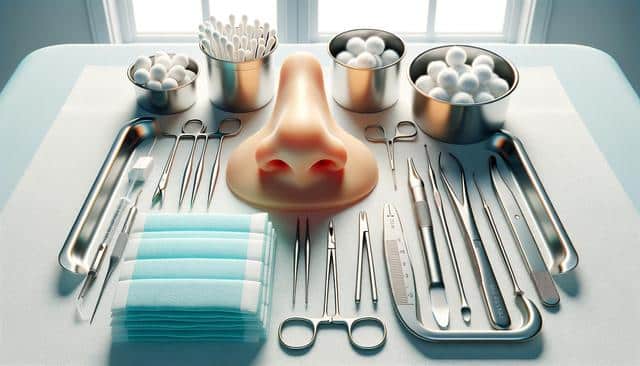Understanding Rhinoplasty
Rhinoplasty is a surgical procedure designed to change the shape of the nose for medical or cosmetic reasons. It can correct structural defects that impair breathing or enhance the aesthetic appearance of the nose. Patients considering this procedure should be well-informed about the potential outcomes and risks involved. The procedure can address a variety of concerns such as a dorsal hump, a wide nasal bridge, or an asymmetrical appearance. By consulting with a qualified surgeon, individuals can determine the most suitable approach to achieve their desired results.
The Procedure Process
The rhinoplasty procedure involves several steps and can be performed under local or general anesthesia, depending on the complexity of the surgery and the patient’s preference. Typically, the surgery lasts between one to three hours. Surgeons may use either an open or closed technique, with the choice depending on the specific requirements of the surgery. In an open rhinoplasty, an incision is made across the columella, allowing for greater visibility and access to the nasal structures. Alternatively, a closed rhinoplasty involves incisions within the nostrils, resulting in no visible scarring.
Benefits and Risks
Rhinoplasty offers numerous benefits, including improved facial harmony and enhanced self-confidence. For those with breathing difficulties due to structural abnormalities, it can significantly improve their quality of life. However, like any surgical procedure, rhinoplasty comes with potential risks. These may include infection, bleeding, or an adverse reaction to anesthesia. It is crucial for patients to thoroughly discuss these risks with their surgeon to make an informed decision. Recovery can also involve some discomfort and swelling, which typically subsides within a few weeks.
Post-Surgery Care
After the surgery, proper post-operative care is essential to ensure a smooth recovery and optimal results. Patients are advised to follow their surgeon’s instructions closely, which may include:
- Avoiding strenuous activities for a few weeks.
- Keeping the head elevated to reduce swelling.
- Avoiding blowing the nose for a specified period.
Regular follow-up appointments are crucial to monitor healing progress and address any concerns that may arise. Adhering to these guidelines helps in achieving the desired outcome and minimizes the risk of complications.
Choosing the Right Surgeon
Selecting a qualified and experienced surgeon is critical for a successful rhinoplasty outcome. Patients should research potential surgeons, checking their credentials, experience, and patient reviews. During the initial consultation, discussing expectations, potential risks, and viewing before-and-after photos of previous patients can provide valuable insights into the surgeon’s expertise. A reputable surgeon will provide comprehensive information and set realistic expectations for the surgery.
Conclusion
Rhinoplasty can be a life-changing procedure, offering aesthetic and functional improvements for many individuals. It’s important for anyone considering this surgery to conduct thorough research and consult with experienced professionals to ensure they are making an informed decision. By understanding the process, benefits, and potential risks, patients can set realistic expectations and prepare for a successful transformation.
